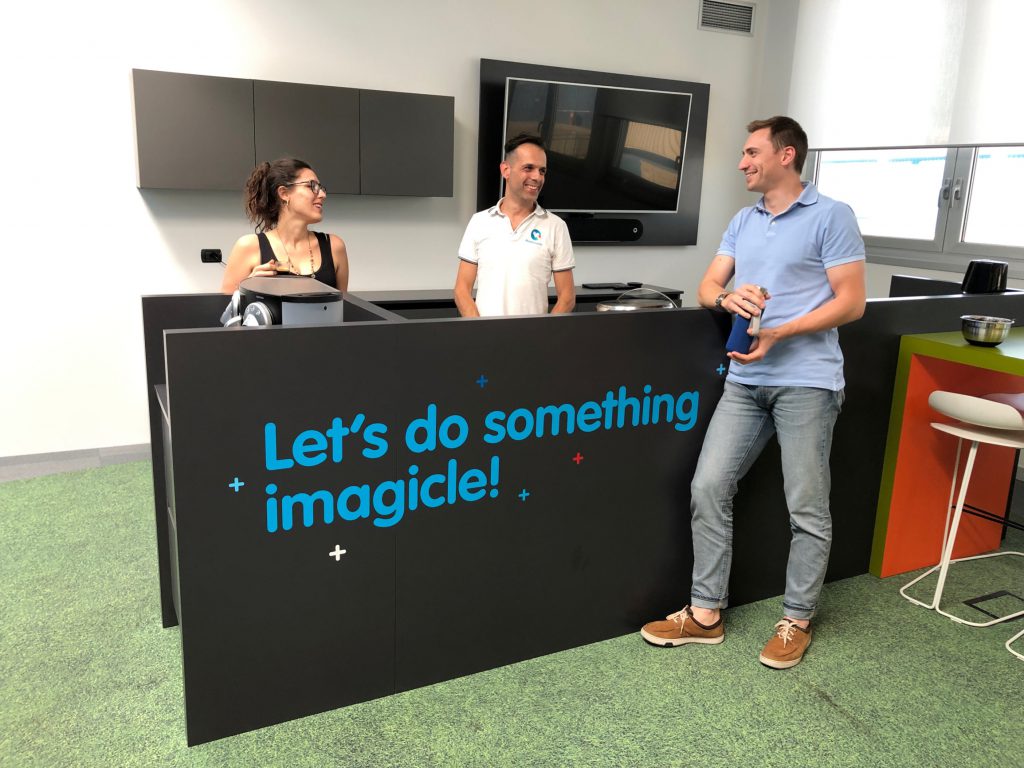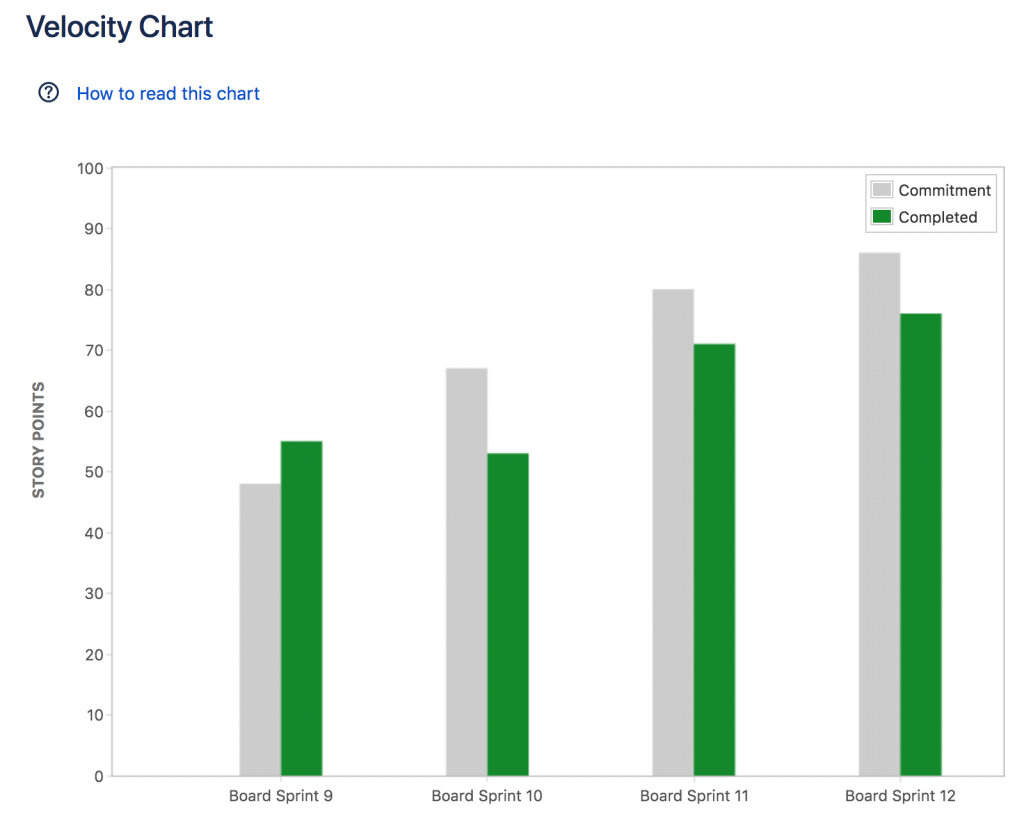 Bernardo Federigi - 19 June, 2019 - 9 ’ read
Bernardo Federigi - 19 June, 2019 - 9 ’ readAgile marketing: change your mindset, embrace flexibility and rock your team.
In a time of lean resources and an ever-accelerating business pace, marketing teams need to be more responsive than ever before. Designed initially for complex software development projects, Scrum is also a useful approach to help marketing teams identify and focus their efforts on high-value activities and continuously improve the results over time. In this post, you'll find out step by step how to use Agile marketing to increase transparency and efficiency, and build a marketing team that delivers results (and actually rocks!).
Agile Marketing.
Introducing Scrum into the Marketing team.
How Scrum works.
Stories, epics, sprints.
Team Roles.
Product Owner.
Scrum Master.
Team members.
The Process.
Backlog.
Sprint Review and Planning.
Stand up
Stand up
Tools.
Outcomes.
Possible improvements and what’s next.
Agile marketing is an effective way to structure your team and refine the way you organize your daily work. It promotes adaptive planning, continuous improvement, and encourages a flexible response to change. Before you know, you’ll be able to improve communications and team cohesion and continually adjust to achieve the greatest result, thus improving customer satisfaction and your overall efficiency.
The only, simple truth is that Scrum makes sense.
That’s why you’ll end up loving it.
You might also be interested in…
-
Download
BlogTurn your hybrid work into a happy place with Imagicle UCX Cloud Suite.Turn your hybrid work into a happy place with Imagicle UCX Cloud Suite.Discover our Cloud proposition and why it’s a keypoint in building the ideal hybrid work environment for your business. -
People BlogThe Importance of ESG Strategy and how we made it real with our Digital Fax.The Importance of ESG Strategy and how we made it real with our Digital Fax.Environmental, social, and governance issues and practices are every day more relevant. Discover how Imagicle addresses them.
-
Products BlogVoice Analytics: AI and use cases to elevate customer satisfaction.Voice Analytics: AI and use cases to elevate customer satisfaction.Introducing Voice Analytics, a cloud-native AI service unlocking the real power of the content of phone conversations.





0 Comments